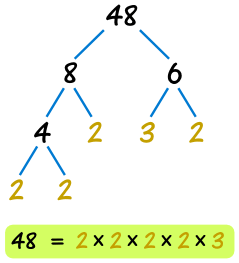Converting metric units to other metric units.
We finished our exponents unit this week, and also started our measurement unit. We talked about metric units, and how to convert metric units to other metric units. We used a number line to help us out, along with the mnemonic “King Henry Doesn’t Usually Drink Chocolate Milk”. to memorise all the metric units.

If we want to convert 3 meters, to millimetres, we would simply start at the m on the number line, and we count how far the units are from each other. Since millimetres are 3 units from the right of meters, we move the decimal three spots to the right. 3m = 3000mm.

